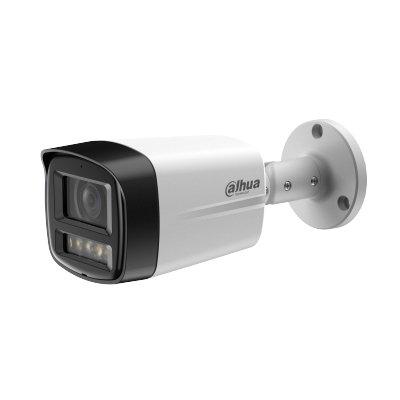The United States Air Force (USAF) Seek Eagle Office has cleared Leonardo’s BriteCloud 218 expendable active decoy for operational testing on board the F-16 Fighting Falcon aircraft.
The authorisation is one of the final stages of the U.S. Department of Defense’s Foreign Comparative Testing (FCT) programme for the product, which is due to complete this year. The FCT, which is being conducted by the US Air National Guard, will open the door to U.S. procurement.
Life-saving countermeasure
BriteCloud is a life-saving countermeasure that provides high-tech protection from radar-guided surface-to-air and air-to-air missiles. Fired like a flare, it can be carried by combat, transport, and special mission aircraft.
BriteCloud contains a powerful miniature jammer that sends out convincing ‘electronic ghost’ signals that seduce incoming missiles toward BriteCloud as it falls away from the aircraft. This ensures that the missile detonates far away from its intended target.
Digital Radio Frequency Memory
DRFM allows BriteCloud to tailor its ‘electronic ghost’ signal to the specific threat radar, allowing it to fool the radar
As a world-first technology, BriteCloud was selected for evaluation under the U.S. Foreign Comparative Testing (FCT) programme in 2019 following its entry into service with the U.K.’s Royal Air Force.
Produced by Leonardo in the U.K., BriteCloud is unique in that it packs gold-standard technology known as DRFM (Digital Radio Frequency Memory) into each round. DRFM allows BriteCloud to tailor its ‘electronic ghost’ signal to the specific threat radar, allowing it to fool the radar in the most effective possible way. BriteCloud is capable of defeating all known current threat systems.
BriteCloud 218
The BriteCloud variant given the green light by U.S. authorities, called BriteCloud 218, fits standard 2x1x8 inch countermeasure dispensers such as the AN/ALE-47 on the F-16.
As well as seeing interest in the United States, Leonardo is in discussions with several other F-16 operators internationally that are looking to equip their fleets with the latest-generation countermeasures without needing to modify the platform or perform expensive integration work.
Electronic warfare technology
Following a series of confirmatory flight trials with the U.S. Air National Guard, BriteCloud is expected to be approved for U.S. Armed Forces as an off-the-shelf countermeasure product. BriteCloud is an example of electronic warfare technology, a category in which Leonardo is a pioneer.
As well as equipping the latest-generation aircraft such as the Eurofighter Typhoon, AW159 Wildcat, MQ-9B SeaGuardian, and AH-64E Apache, the company is a founding member of Tempest, the international programme to create a next-generation combat air system for the U.K. and its allies.



















